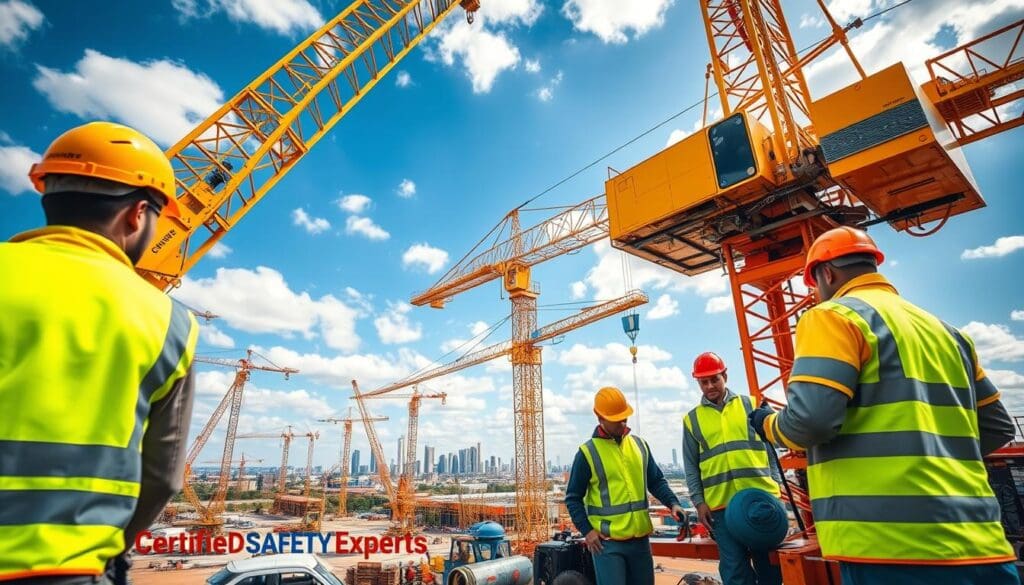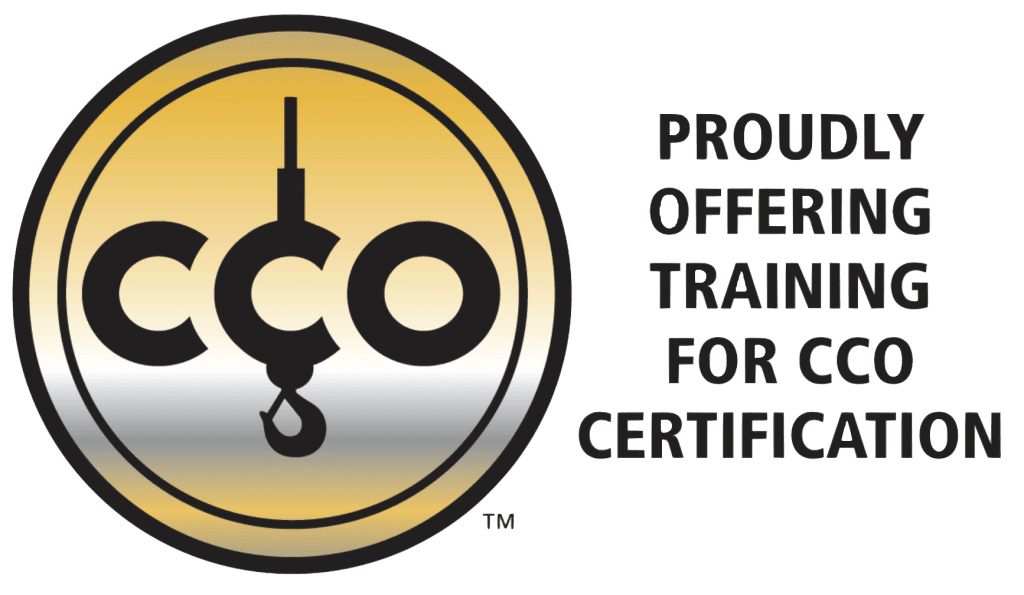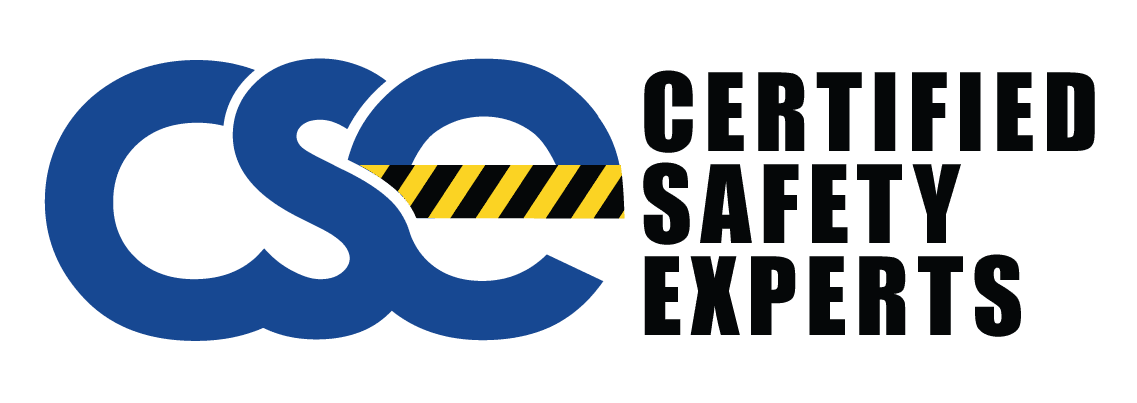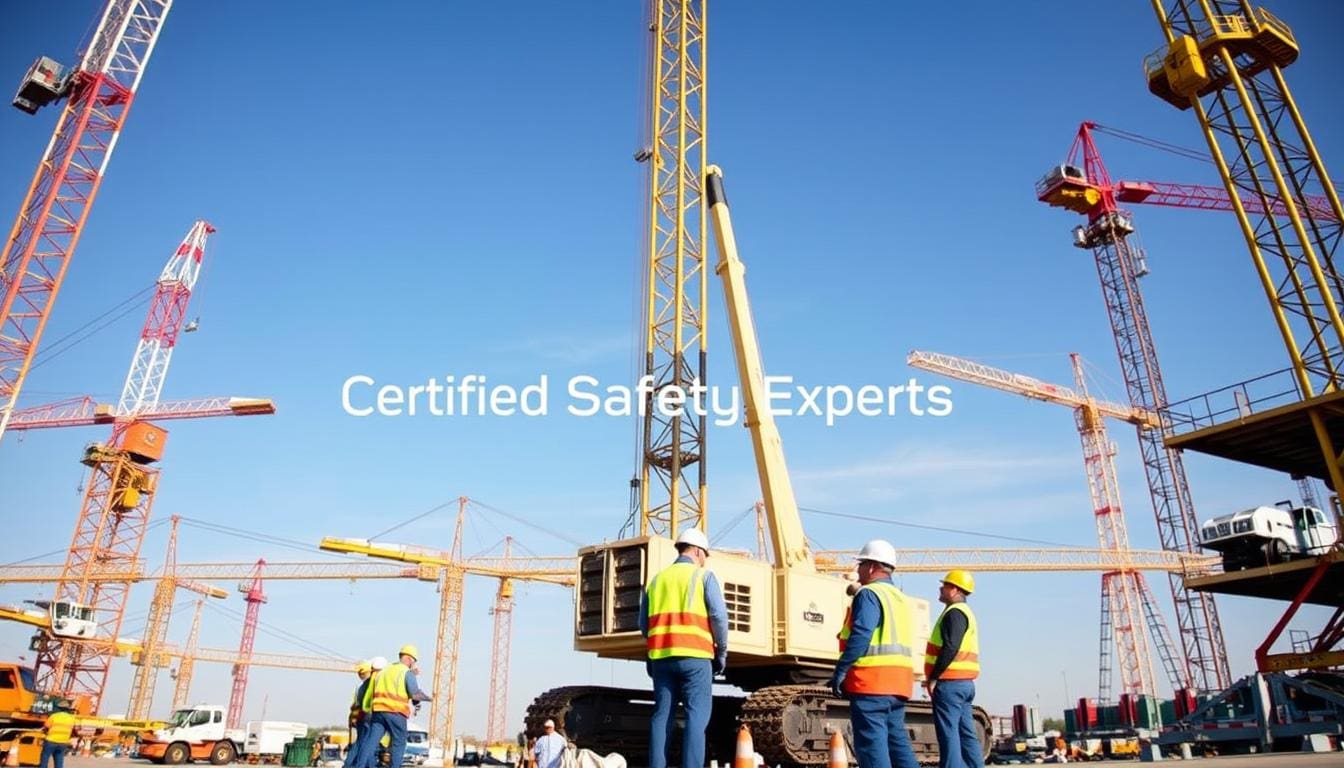Ever thought about how often you should check your crane for upkeep? In the industrial world, crane upkeep is a must, not just a choice. The importance of regular crane maintenance is clear, affecting safety and how well things run. This piece explains why essential crane maintenance and sticking to the right crane maintenance frequency is key for your business. For those in construction and manufacturing, knowing these upkeep tips is vital for your machines’ long life and dependability.
Key Takeaways
- Regular crane maintenance is crucial for maximizing safety and efficiency.
- Adhering to proper crane maintenance frequency can prolong equipment lifespan.
- Essential crane maintenance ensures operational integrity.
- Ignoring maintenance can lead to costly breakdowns and operational delays.
- Prioritizing maintenance is a non-negotiable aspect of construction and manufacturing operations.
Introduction to Crane Maintenance
Crane maintenance is key to keeping cranes safe and efficient. Following crane maintenance guidelines stops mechanical failures and cuts downtime. This is crucial for keeping the workplace safe and productive.
What is Crane Maintenance?
Crane maintenance includes inspections, repairs, adjustments, and replacements. It keeps cranes in top shape. Regular checks are vital for a crane’s long life and safe, effective use.
Objectives of Crane Maintenance
The main goals of crane maintenance are to follow rules, avoid mechanical failures, and reduce downtime. Following crane maintenance guidelines keeps cranes safe and working right. Regular checks and maintenance boost the value of crane inspections. These checks are key in spotting issues early, preventing big problems later.
The Importance of Regular Crane Maintenance
Regular crane maintenance is key for many reasons. It helps avoid expensive breakdowns. A crane that’s well-maintained works better and doesn’t stop as much, making operations smoother and more productive.
It also keeps everyone safe. Regular checks spot dangers early, preventing accidents. This makes sure workers are safe and follows safety rules.
Studies show that regular maintenance cuts down on accidents. Cranes that get checked often have fewer problems and safety issues. Experts in crane maintenance are key to this success. They do detailed checks and fixes that others might miss.

Regular maintenance also keeps cranes valuable for longer. Keeping cranes in top shape means they last longer and don’t need to be replaced early. This saves money and keeps everyone safe. Following the maintenance schedule from the maker makes sure everything works right.
Experts agree that keeping cranes well-maintained is smart. It’s good for their life, work, and safety. Using professional crane maintenance services helps. It makes sure cranes work well and last longer, keeping operations running smoothly.
Crane Maintenance Benefits
Regular crane maintenance offers more than just better performance. It also boosts safety, efficiency, and extends the life of the equipment. Let’s explore how careful maintenance makes a big difference.
Improved Safety
Keeping cranes well-maintained is key to safety. Studies show that regular checks and quick fixes lower accident risks and equipment failures. When upkeep is a focus, workers and operators face fewer dangers, making the job site safer.
Enhanced Efficiency
Crane efficiency improves with regular maintenance. Routine inspections make sure everything works right, cutting down on downtime and boosting productivity. This means fewer mistakes and mechanical issues, helping projects finish on time.
Prolonged Equipment Lifespan
Cranes are big investments, and regular care pays off. Keeping them in good shape helps spot and fix small problems early, avoiding big issues later. This approach reduces the need for replacements and supports sustainable upkeep of crane equipment.
Crane Safety Measures during Maintenance
Keeping people safe during crane maintenance is very important. Using crane safety measures lowers the chance of accidents. It also makes the work area safer. We will talk about the key steps and equipment needed for safe maintenance work.
Safety Protocols
A detailed safety plan is key for crane maintenance:
- Using lockout-tagout procedures to make sure machines are turned off and can’t be started again during maintenance.
- Putting up warning signs to show maintenance is happening and setting up barriers to keep people away from the crane.
- Following OSHA rules closely, which give detailed advice on how to do crane maintenance safely.
Common Safety Gear
Having the right gear is a big part of crane safety to avoid injuries during maintenance. Here are some important crane maintenance safety precautions about safety gear:
- Hard hats to protect the head from falling things.
- Safety glasses to keep the eyes safe from debris and harmful particles.
- Steel-toed boots to protect the feet from heavy things and keep a steady footing.
Crane Equipment Upkeep
Keeping crane equipment in good shape is key to working well and safely. A regular check-up plan helps cranes stay in top shape. This means fewer breakdowns and a longer life for the equipment. It’s important to follow the best ways to maintain cranes to spot and fix problems early.
Checking cranes often is a big part of keeping them running right. These checks should happen regularly, based on how much the crane is used and what the maker says. Important things to look at during these checks include:
- Wire Ropes and Cables: Check for signs of wear, fraying, and corrosion.
- Hooks and Hoist Chains: Look for any deformation, excessive wear, or signs of damage.
- Brakes: Make sure the brakes work right.
- Electrical Systems: Check wiring, connections, and control systems for any problems.
Spotting wear and tear early helps prevent big problems later. Regular checks make cranes safer and work better. They also show why checking cranes is so important for maintenance. Following the best crane maintenance practices means fixing problems early, keeping cranes ready to go.
Keeping detailed records of checks and maintenance is also key. These records help track the equipment’s condition over time. They help plan maintenance ahead, making cranes last longer and saving money on repairs.
In short, careful upkeep with regular checks and following the best maintenance practices keeps cranes ready and safe. This shows how important crane inspections are in a good maintenance plan.
Crane Maintenance Best Practices
Keeping your crane in top shape is key for its safety and long life. Here are some top tips for caring for your crane and keeping it in expert hands.

Following Manufacturer’s Guidelines
It’s vital to follow the maintenance advice from the crane makers. They give clear steps for keeping your crane running right and meeting safety rules. Sticking to these guidelines is crucial for crane inspections.
Regular Training for Operators
It’s important to keep crane operators well-trained. This means they learn about the latest safety rules and how to use the crane right. A well-trained operator is less likely to make mistakes, making the crane safer and last longer.
Use of Professional Crane Maintenance Services
Getting help from crane maintenance pros is a big plus. They know all about inspecting and fixing cranes. Using their services means your crane will be in great shape, highlighting the need for thorough inspections.
For expert crane maintenance services and to set up a meeting, call us at (919) 326-3742.
Conclusion
To wrap up, regular crane maintenance is key. We’ve looked at why it’s important, from safety to extending the crane’s life. It’s a must for keeping cranes safe and efficient.
Keeping cranes well-maintained boosts safety for everyone and protects equipment. Following maintenance plans helps avoid sudden breakdowns, saving time and money. Regular checks and services ensure cranes work well and stay safe.
Regular crane maintenance is a smart move for safety, efficiency, and long life. Businesses should put maintenance first to protect their investments and keep things running smoothly. For dependable care, hiring experts for crane maintenance is a wise choice to prevent problems.




